Your Tire Pressure Monitoring System is a valuable tool, but only if you pay attention when the Honda TPMS Warning Light comes on. When the tire light alerts you to low tire pressure – you will need to address the problem and reset the light.
Please remember that the tire pressure sensors are not a substitute for checking your tire pressure regularly. It won’t light up unless the problem is becoming serious. Underinflated tires can be a safety hazard.
Honda Tire Pressure Monitoring Systems vary, depending on the model type and model year. Furthermore, TPMS systems are not uniform across the spectrum of car brands.
In addition, the technology changes from time to time, meaning that older models may not have the same capability found on new ones. Here’s some good information that may answer some of your questions about TPMS and your tire warning light.
The tire pressure light isn’t required to come on until the tire is 25 percent below recommendations. Therefore, you should never ignore it. The manufacturer’s recommended air pressure is in your owner s manual.
The most likely trigger is cold. Tire pressure drops about 1 psi with every ten degree drop in cold weather. As your tires heat up, the pressure stabilizes. That’s why there are winter and summer standards for properly inflated tires.
Try driving the vehicle at over 28 miles per hour for a few minutes. At that speed, the TPMS will get little or less interference from other sensors and radio frequencies. This allows it to update through the serial data bus, sending the proper tire information to the TPMS sensor.
According to the National Highway Traffic Safety Administration, systems may flash or stay on longer to indicate a problem with the TPMS system rather than the tire. After checking that your tires have the proper pressure, you may need a mechanic to read the code and tell you what’s happening.
After checking that your tires have the proper pressure, you may need a mechanic to read the code and tell you what’s happening.
The spare tire does not have a sensor for the TPMS system to read. The system may register nothing where the tire should be. As long as you are confident that the spare has the correct tire pressure, it should not represent a problem.
Unfortunately, human eyesight cannot detect that a tire is low until the problem is really severe. . Your manufacturer’s recommended pressure is in your owner s manual.
Some people try to clear codes by disconnecting the battery. Generally the system saves all codes and doesn’t reset them just because the battery is removed. This is actually a fail-safe feature because mechanics need those codes to determine what is wrong with a vehicle.
If you are able to clear the TPMS code, you will be overwriting it with a new code. Unless the system triggers the sensor again, your mechanic will not find the important code.
Unless the system triggers the sensor again, your mechanic will not find the important code.
According to the automotive journalists at Edmunds, a mere 5 PSI can cause a tire to fail. An underinflated tire generates heat as it struggles to keep up with the job it has to do. This causes faster degeneration.
Furthermore, an underinflated tire affects the accuracy of steering and handling. Thus, the vehicle declines in performance and fuel economy.
Direct TPM sensors are attached to the valve for the most accurate reading. With indirect TPMS, the anti-lock brake system assists in determining approximate pressure. Although a good system, it is not as fast as a direct system.
Starting with the 2008 model year, every Honda has TPMS. All cars made before the 2018 probably don’t have this feature.
If you don’t have a light to turn on and warning you, it’s all the more important to carry a gauge to check and add air as needed.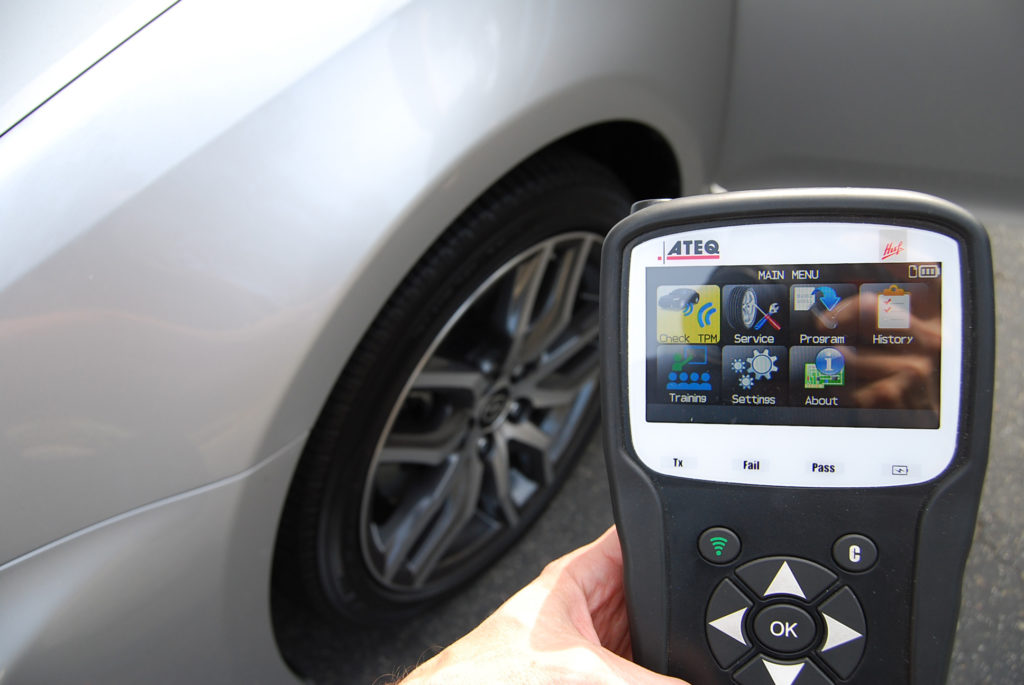 Explore the Earnhardt Honda inventory today to find a Honda car, truck or crossover with TPMS!
Explore the Earnhardt Honda inventory today to find a Honda car, truck or crossover with TPMS!
Learn how to reset the tire warning light with this step-by-step guide and get back to normal. Instructions To Reset the Honda TPMS Warning Light
Posted in Features, Model Information, Service, Tips and Tricks | No Comments »
by Jennifer S.
If the Tire Pressure Management System in the Honda Odyssey is not working properly, you may have to reset the system. Follow one of the options below to re-initialize the TPMS.
Check the Recommended Air Levels Needed
Keep in mind, the outdoor temperature affects how fast the air in the tires will adjust to the proper temperature, this could take minutes to several days. Simply be patient and give the tires time to adjust. In addition, if the tire pressure warning light stays illuminated past a week, you will need to have your vehicle serviced as there could possibly be a sensor issue or a tire puncture.
*NOTE: If you are unable to Reset the Tire Pressure Warning Light on the first try, REPEAT the steps.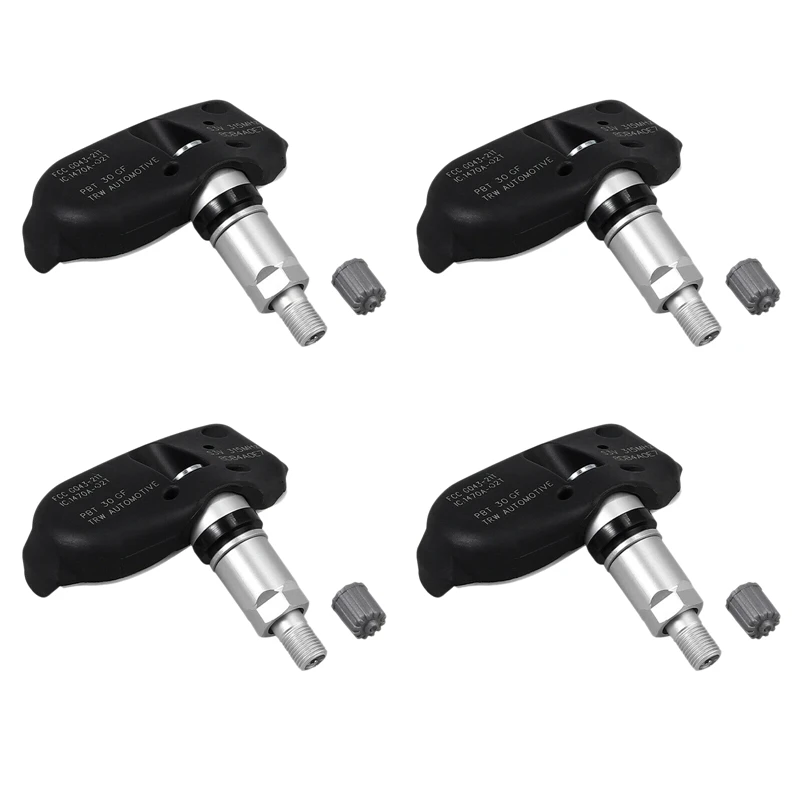 If you are still unsuccessful, contact the dealership for assistance or consult your vehicle user’s manual.
If you are still unsuccessful, contact the dealership for assistance or consult your vehicle user’s manual.
To Reset the Warning Light Perform one of the following Options below
Contents
The Warning light should disappear.

The warning light should then go OFF!
DONE!
You are the proud owner of a recent car, the benefits of tactile gadgets, integrated technology should bring you the convenience of using your Honda Odyssey, which is important, however it says that the technology talks about electricity, and as we all unfortunately know, sometimes there are problems to fix.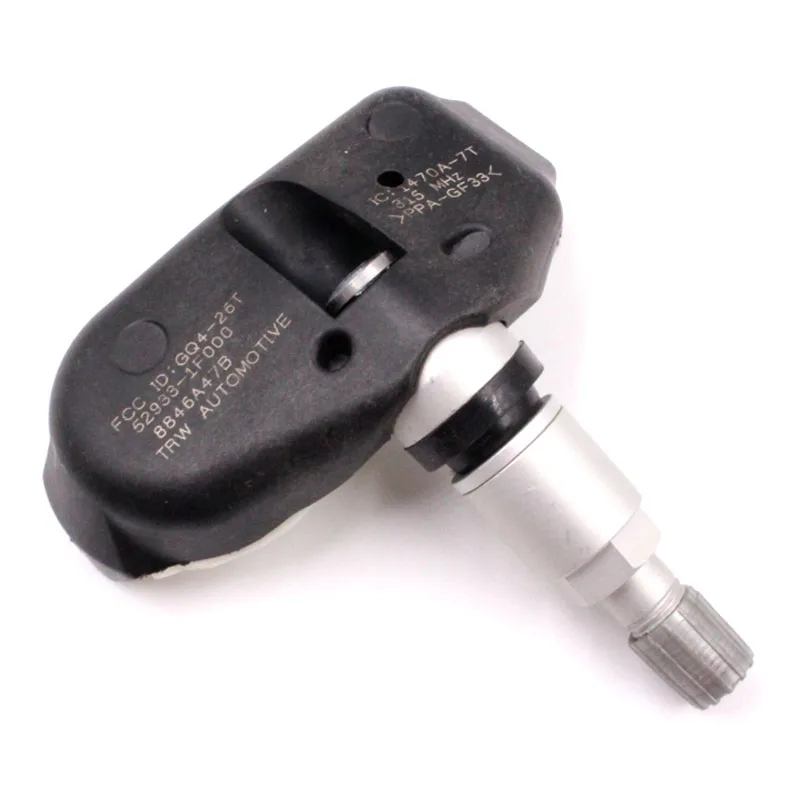 Today we will look at the tire pressure sensor and exactly how to reset the tire pressure sensor on a Honda Odyssey so that this indicator never appears on the dashboard again. To do this, we will divide our content into two parts: first of all, we will focus on the typical case of the appearance of the tire pressure indicator light and the subsequent process, and then on the case when the tire pressure indicator light remains on despite the tires being inflated, so how to reset this Tire sensor for Honda Odyssey.
Today we will look at the tire pressure sensor and exactly how to reset the tire pressure sensor on a Honda Odyssey so that this indicator never appears on the dashboard again. To do this, we will divide our content into two parts: first of all, we will focus on the typical case of the appearance of the tire pressure indicator light and the subsequent process, and then on the case when the tire pressure indicator light remains on despite the tires being inflated, so how to reset this Tire sensor for Honda Odyssey.
First, we will look at the typical methodology for resetting a tire sensor on a Honda Odyssey, which if it lights up, here are the main methods:

Now that you have tried the classic process of removing the tire pressure sensor on the Honda Odyssey, and it didn't work, we'll move on to the second method, namely, the tires on my Honda Odyssey are well inflated, and I still want this light to go out. Most likely, this means that you have Faulty tire pressure sensor. This requires to reset the value on your car's dashboard. However, be careful not to do this while driving as pressure fluctuations will interfere with the pressure sensors. Generally speaking, you need to look at the parameters of the car, then you should find an option for inflation detection or "deflation detection". While on this tab, you must hold the select button or reset button according to the year of your Honda. Odyssey until you see a message from the car console confirming that the reset is honored (usually takes a few seconds). You can now turn off the ignition and restart your Honda Odyssey to see if the tire pressure indicator has gone out.
Most likely, this means that you have Faulty tire pressure sensor. This requires to reset the value on your car's dashboard. However, be careful not to do this while driving as pressure fluctuations will interfere with the pressure sensors. Generally speaking, you need to look at the parameters of the car, then you should find an option for inflation detection or "deflation detection". While on this tab, you must hold the select button or reset button according to the year of your Honda. Odyssey until you see a message from the car console confirming that the reset is honored (usually takes a few seconds). You can now turn off the ignition and restart your Honda Odyssey to see if the tire pressure indicator has gone out.
If, despite your reset, the tire pressure indicator on your Honda Odyssey does not go away, the best course of action is to see a mechanic, it is most likely a malfunction. tire pressure sensor on the valve which is faulty or faulty on your Honda Odyssey . Keep in mind that in general the unit price is around 120 euros. Another alternative that some prefer to use because the problem may recur in some series is to deactivate the sensors with your carrier and diagnose your vehicle. However, this method is not recommended as it may result in mishandling and malfunction of your Honda Odyssey. Now you have all the keys to know how to reset the tire pressure sensor on a Honda Odyssey.
tire pressure sensor on the valve which is faulty or faulty on your Honda Odyssey . Keep in mind that in general the unit price is around 120 euros. Another alternative that some prefer to use because the problem may recur in some series is to deactivate the sensors with your carrier and diagnose your vehicle. However, this method is not recommended as it may result in mishandling and malfunction of your Honda Odyssey. Now you have all the keys to know how to reset the tire pressure sensor on a Honda Odyssey.
If you need more Honda Odyssey manuals, go to our Honda Odyssey category.
Honda Tire Pressure Monitoring System (TPMS) has its own specifics when programming new sensors, data registration and calibration. But with basic knowledge, servicing Honda TPMS systems is easy.
Honda direct TPMS systems with pressure sensors in each wheel are difficult to compare with other vehicles using the same type of TPMS as they require special hardware to connect via the OBD II connector and the procedures are similar.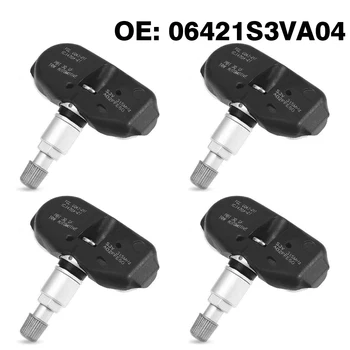 However, there are exceptions, such as Honda Pilot (automatic programming of the system) and vehicles using indirect TPMS systems that use the ABS readings in operation, the difference in wheel speed depending on pressure, i.e. there are no pressure sensors in the system, for example, Honda Civic, Accord, other models after 2012 of release.
However, there are exceptions, such as Honda Pilot (automatic programming of the system) and vehicles using indirect TPMS systems that use the ABS readings in operation, the difference in wheel speed depending on pressure, i.e. there are no pressure sensors in the system, for example, Honda Civic, Accord, other models after 2012 of release.
Most specialized TPMS service tools can activate the sensors to receive an identification signal from the sensor and their position in the vehicle. The information is then fed through the OBD II connector to the TPMS module. Programming is carried out using a scanner. For Honda's direct TPMS systems, 45 km/h is the magic number. After the vehicle has reached a speed of 45 km/h and has been driven for at least a minute, the system acknowledges the sensor signals, identifies them and captures the pressure information. Speed is not detected by sensors, speed is determined via CAN bus and TPMS module. Honda engineers believe that at this speed the system is less susceptible to interference from other sensors and radio frequencies.
If a vehicle arrives at the garage with the TPMS warning light on, inflate the tires to the prescribed pressure and drive the vehicle at 45 km/h for one minute. The low system pressure indicator should turn off. 45 km/h - the speed of movement for each procedure of reprogramming the system and registration of data. For indirect type systems, there are other magic numbers - driving at a speed of 65 - 95 km / h for 20 minutes. The initialization process occurs by pressing the TPMS reset button on the instrument panel or steering wheel.
Hondas with direct systems typically have two TPMS lights on the instrument panel. One ISO standard indicator for low tire pressure, another TPMS MIL indicator. In the event of a malfunction in the TPMS system, the module displays the fault code, but goes into safe mode. The system does not notify the driver of a dangerous low tire pressure. In the event of a malfunction, the TPMS system generates indicator flashes every 30-90 seconds and the flash cycle repeats. A working system signals one signal that lights up for a couple of seconds, then the indicator goes out.
In the event of a malfunction, the TPMS system generates indicator flashes every 30-90 seconds and the flash cycle repeats. A working system signals one signal that lights up for a couple of seconds, then the indicator goes out.
The TPMS fault code is stored in non-volatile memory and cannot be cleared by disconnecting the cable from the battery. To erase the fault code, you must use a scanner. The system memory may contain all the TPMS trouble codes that may occur. But, if the same code occurs twice or more, in most cases the subsequent code is overwritten with the previous one, thus saving each last of the TPMS system fault codes.
When a flat tire is replaced with a spare in a direct type system, the TPMS sets DTCs 32, 34, 36, 38 because the system no longer receives a signal from the flat tire sensor.
Honda TPMS indirect system does not contain wheel pressure sensors. The system determines the reduction in tire pressure by comparing the relative speed of rotation of the wheels through the ABS wheel sensors.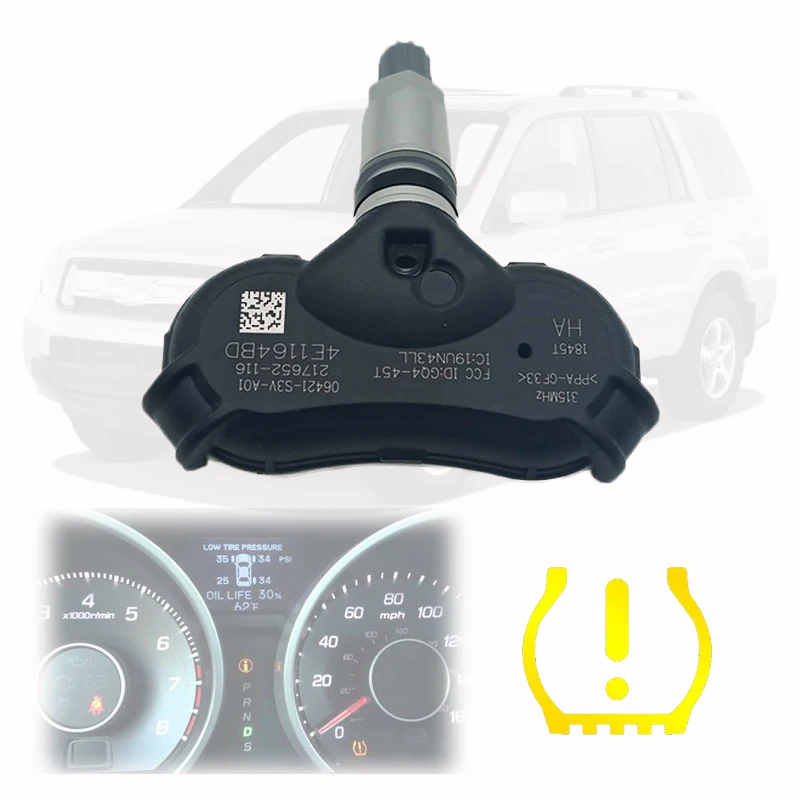 When the tire pressure is reduced, the wheel diameter is slightly reduced. This type of system has been installed on the Honda Accord since 2013. Recalibration must be carried out in the event of a change in tire pressure or adjustment to normal. The process does not require the use of special tools, it is carried out using the TPMS reset button located under the steering wheel or a combination of pressing the information center button, or the button located on the steering wheel.
When the tire pressure is reduced, the wheel diameter is slightly reduced. This type of system has been installed on the Honda Accord since 2013. Recalibration must be carried out in the event of a change in tire pressure or adjustment to normal. The process does not require the use of special tools, it is carried out using the TPMS reset button located under the steering wheel or a combination of pressing the information center button, or the button located on the steering wheel.
1. Make sure the vehicle transmission is in neutral or park.
2. Check all wheel dimensions and type.
3. Set the correct tire pressure.
4. Switch on the ignition.
Press and hold the TPMS button located on the lower left of the instrument panel until the TPMS low tire pressure indicator flashes twice. If the indicator does not flash, press and hold the button again. Recalibration will be completed after running for 20 minutes at 65-95 km/h
Recalibration will be completed after running for 20 minutes at 65-95 km/h
1. Using the monitor and steering wheel controls, select Vehicle Settings, press the SEL/RESET button. The calibration process will start.
2. The display will switch to setting mode when you select, cancel or calibrate.
3. Select Calibration, then press the SEL/RESET button. If the process has started, the monitor will display Calibration Started. If the message Calibration Failed to Start appears, repeat steps 2 and 3. Recalibration will be completed after running for 20 minutes at a speed of 65-95 km/h
1. Use the monitor and steering wheel controls, press Menu/MENU and go to Vehicle Menu
2. Select Customized Settings and press the SOURCE button.
3. Select TPMS Calibration, then press the SOURCE button. The display will switch to the settings menu when you select between Cancel or Initialize/Apply.